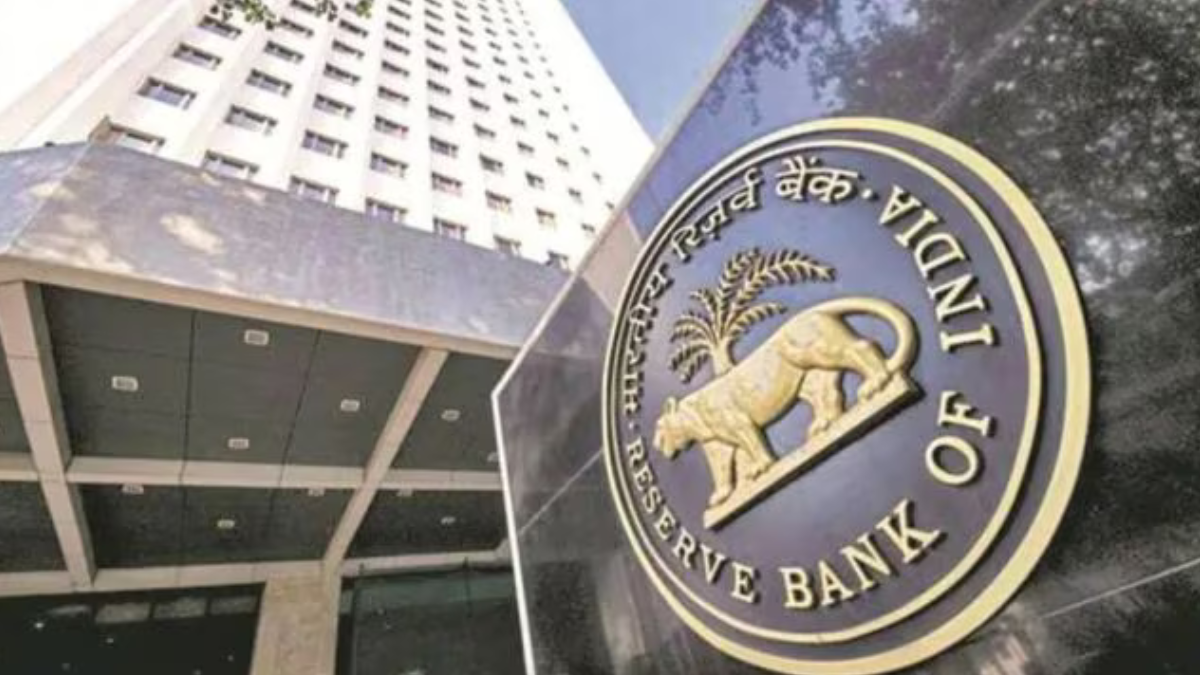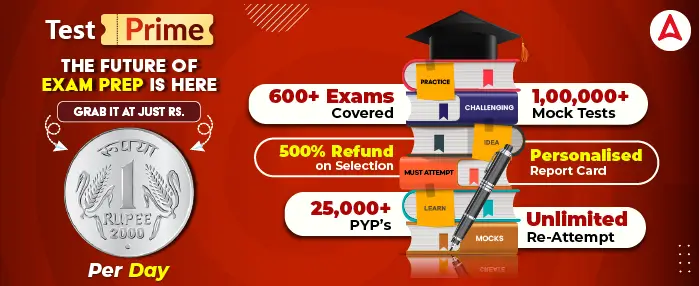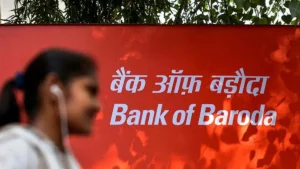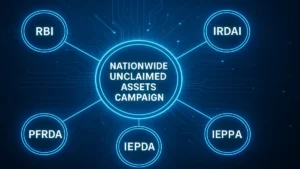The Reserve Bank of India (RBI) has introduced significant amendments to its Liquidity Coverage Ratio (LCR) framework with the objective of enhancing liquidity risk management among commercial banks while aligning domestic norms with global standards. One of the key changes is the imposition of a 2.5% additional run-off factor on retail deposits that are enabled with digital banking facilities.
Understanding Liquidity Coverage Ratio (LCR)
The Liquidity Coverage Ratio (LCR) is a critical regulatory standard that ensures banks maintain an adequate level of High-Quality Liquid Assets (HQLA) to survive a 30-day stress scenario. It measures a bank’s ability to withstand short-term liquidity disruptions.
What Is a Run-Off Factor?
The run-off factor refers to the estimated percentage of deposit withdrawals that a bank could face in a stress scenario. A higher run-off factor implies a higher risk of withdrawals and, therefore, a higher requirement of liquid assets to cover such risks.
Key Revision: 2.5% Additional Run-Off for Digital Deposits
In the final guidelines issued on the LCR framework, the RBI has mandated that banks must assign an additional 2.5% run-off factor for retail deposits that are enabled with Internet and Mobile Banking (IMB) facilities.
Scope of IMB
The IMB facilities include:
- Internet Banking
- Mobile Banking
- Unified Payments Interface (UPI)
- Any digital interface allowing fund transfers from customer accounts
This change is a relief compared to the draft proposal which suggested a 5% additional run-off factor for such deposits.
Revised Run-Off Rates for Digital Deposits
The new norms distinguish between stable and less stable retail deposits:
-
Stable deposits with IMB:
Run-off factor increased from 5% to 7.5% -
Less stable deposits with IMB:
Run-off factor increased from 10% to 12.5%
This differentiation ensures that banks categorize their deposit base more accurately based on depositor behavior and access to digital channels.
Other Major Amendments in the LCR Guidelines
Funding from Non-Financial Entities
Funding from non-financial entities such as:
- Trusts (Educational, Religious, Charitable)
- Associations of Persons (AoPs)
- Partnership Firms
- Proprietorships
- Limited Liability Partnerships (LLPs)
- Other Incorporated Non-Financial Entities
These will now be treated as funding from non-financial corporates, attracting a 40% run-off rate instead of the 100% rate earlier applicable. This significantly eases the liquidity pressure on banks holding such funds.
Treatment of Small Business Customers (SBCs)
Unsecured wholesale funding from non-financial small business customers (SBCs) will now be treated on par with retail deposits. These too will attract the additional 2.5% run-off factor, aligning them with digitally-enabled retail deposits.
Valuation of High-Quality Liquid Assets (HQLA)
In terms of liquidity buffers, Level 1 HQLA — primarily government securities — will now be valued at market prices, subject to haircuts as per the requirements under:
- Liquidity Adjustment Facility (LAF)
- Marginal Standing Facility (MSF)
This ensures a more realistic assessment of available liquid assets.
Timeline and Applicability
- The new norms will be effective from April 1, 2026.
- They will apply to all commercial banks in India, excluding:
- Payments Banks
- Regional Rural Banks (RRBs)
- Local Area Banks (LABs)
This gives banks ample time to prepare and adjust their liquidity management strategies accordingly.
Expert Insights: Expected Impact on LCR
According to Anil Gupta, Senior Vice President – Financial Sector Ratings, ICRA, the RBI estimates that the reported LCR of the Indian banking system will improve by 6% as of December 31, 2024. This indicates that the new norms, though stricter in digital deposit treatment, will be beneficial for systemic liquidity in the long run.



 SBI and Bank of Baroda Receive RBI Nod t...
SBI and Bank of Baroda Receive RBI Nod t...
 Bank of Baroda Recognised as ‘Best Bank ...
Bank of Baroda Recognised as ‘Best Bank ...
 "Your Money Your Right campaign" Campaig...
"Your Money Your Right campaign" Campaig...







